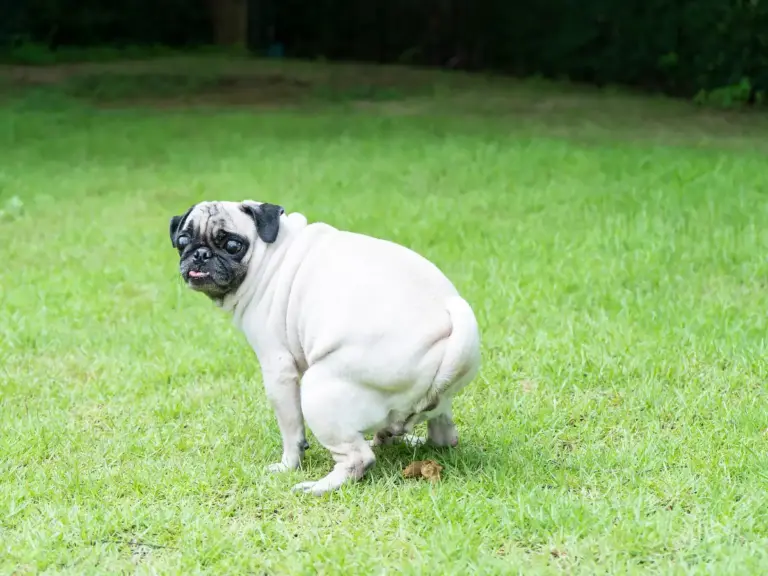How to Keep Sand Between Pavers: Harden Paving Sand
The washing away of sand between pavers can result in infestation by algae, molds, and weeds. Additionally, if sand is not sealed effectively, your brick pavers could lose their attractiveness. But how can I keep sand between pavers and harden paving sand?
The most effective way of keeping sand between pavers is by sealing and installing pavement borders. Although time-consuming, sealing and patio edging are vital for aesthetics and the durability of sand between pavers.
When hardening paving sand between pavers, you should consider the frequency of foot and vehicular traffic. Another careful consideration is on the sand used for paving.
As we shall see later, although ordinary building sand can be used between pavers for budget reasons, it is not ideal. If you use it, the sand will not harden your pavers, nor will it be durable.
Does paving sand wash away?
Paving sand is not permanent, It washes away over time due to various reasons. However, this is not the case with polymeric sand.
Regular building sand is permeable and encourages water seeping to the base of the paving slabs, turning the ground soft and mushy. Therefore, your paving will sink quickly if you use ordinary sand.
On the contrary, if you want to keep sand between your pavers, we recommend polymeric sand. Unlike regular sand, polymeric sand is not easily washed away by heavy rainstorms or high-pressure cleaners.
Polymeric sand is made from fine quartz, silica sand, and a proprietary polymer – urethane- that responds to water to bind the sand in place. Urethane forms a strong bond with other paving components, thus locking the sand into place permanently. Polymeric sand also offers other significant benefits. Not only is it durable, but it also deters weeds and is resistant to ants.
Nevertheless, you can still keep sand between pavers and stop them from washing away through sealing. Not only will sealing enhance the colors and shine of the pavers, but it will also discourage the growth of molds, weeds, and algae.
Still, paving sand will be washed away if certain factors do not hold. For example, weather elements like rain and wind will wash away paving sand if the paving slabs are resting against an angled surface.
Paving with sand in a sloppy area will significantly lose sand through rain and wind action. However, if the paved area is as flat as possible, the sand is less likely to be washed away.
Unregulated cleaning using heavy-duty pressure machines can also result in loss of paving sand. That is why we recommend that you avoid using cleaners with pressures above 2500 PSI.
Light-duty and medium-duty pressure cleaners that range between 1600 PSI and 2300 PSI are the most suitable for cleaning pavers.
For instance, using the Simpson Powershot Professional Pressure Washer, which has a PSI of 4400, will wash away a considerable amount of sand from your pavers.
Polymeric sand is not washed away because of its chemical structure, which allows it to glue surfaces together when activated by water. When they dry up and cure properly, the sand hardens and cements the pavers together.
What causes paving sand to wash away?
Paving sand can be washed away by various human activities and natural phenomena. Most importantly, the wrong choice of jointing sand will significantly impact the rate at which sand will be washed away from the paving blocks.
You should also look out for other potential causes of sand loss, such as;
1. Poor Drainage
Whether you decide to do it yourself or contract a specialist for the project, you must create water channels. If torrential rains occur, the paving sand will not be washed away in an adequately drained area.
It is worth noting that pedestrian walkways and driveways also differ in their recommended drainage properties. While the former is made to hold less weight, the latter is meant to withstand heavy loads.
Therefore, dig between 4 to 6 inches deeper for pedestrian walkways. However, increase the depth to between 8 and 15 inches for driveways to ensure the sand is hardened enough between pavers for high performance and durability.
2. Slope
Neither rain nor wind can wash away paving sand on a flat surface. However, careful deliberations must be made to prevent sand from being washed away if the field is sloped.
For instance, you should consider flattening the area and installing the borders before anything else. That way, you increase sand retention between the pavers, allowing them time to dry and cure.
A slight slope of 1” for every 4 feet to 8 feet is recommended to get the proper drainage. In simple terms, ensure a 2% slope for adequate drainage, and your paving sand will not be easily washed away.
3. Foot and Vehicular Traffic
Although their effects on the sand can be negligible, foot and vehicle traffic plays a crucial role in removing sand between pavers over extended periods.
Traffic is also essential when it comes to keeping sand between pavers. For that reason, it is recommended that once sanding is done, you should allow a minimum drying time of 24 hours before allowing any significant foot traffic.
However, do not allow vehicular traffic until the sand has dried for 48 hours.
Using polymeric sand will save you a significant amount of time and money as they are designed to soften and reheal despite the traffic load subjected to the pavers.
If paving is done well, polymeric sand will stay viable for up to 10 years before you could even think of a replacement.
4. Pressure Cleaners
When the driveways and paved paths get dusty and rusty, we will clean them using pressure cleaners. After all, pressure cleaners can restore the surface’s appearance like new.
However, it is vital to understand the amount of pressure required for cleaning pavers. Using intense pressure cleaners with pressures higher than 2000 PSI will wash away the paving sand.
On the contrary, low-pressure cleaners like the RYOBI High-Performance Electric Pressure Washer with a PSI of 2300 will not wash the sand away from your pavers.
For even better performance, a hot water pressure washer at 180°C will effectively blast off the dirt, the gunge, and the grease from the pavers.
The bottom line is that you should test the pressure washer on a different surface, so you are sure not to harm your pavers by washing away the sand.
How to Keep Sand Between Pavers
Paver seal ensures the structural system of the pavers is maintained even when sand is dislodged from the joints.
Here is how to keep sand between your pavers;
- The first crucial step towards keeping sand between pavers is to apply an initial bedding layer of sand on gravel or crushed rock. Leveling of the sand is advised to form an even and compact base for the pavers to rest upon.
If the surface requires maintenance, you should begin by pressure cleaning the pavers. This critical procedure removes molds, weeds, and algae and scraps out oil spots and every trace of plant growth.
- Once all the pavers are arranged in the pathway, add a layer of polymeric sand instead of building sand. The latter is soft with over 4% of clay and thus cannot stay for long periods between pavers.
You must then brush all the sand to fill the joints, ensuring that none remains on top of the pavers. Otherwise, the extra sand may harden on top of the pavers, thus losing its curb appeal.
- Partition the area to be sealed into manageable units of 200m2 each and gently sprinkle water without allowing for overflows and runoffs. Do this twice or three times for each partition in 20-30 minute intervals.
The wet polymeric sand hardens and stays between the joints, allowing ample time to seal the sand between the pavers.
For the best results, use Everbuild Patio Sealer.
- Of great importance is that you should apply protective sealers 90 days from the day polymeric sand is installed.
Once sealed, you will have hardened the paving sand and locked them between the pavers permanently.
Not only will you keep the sand from washing away, but you will also have a durable and clean pathway free from algae and weeds.
Can pavers sand harden on its own?
Pavers sand cannot harden on its own. Despite the type of sand used for paving, a lot of effort is required to cure the sand between the pavers to make it dry uniformly. Wet sand is likely to go hard, so ensure that the joint sand is bone dry before pushing it between the pavers. For example, the fine particles of kiln-dried sand enable them to repel water and harden the slabs into position.
However, polymeric sand will harden when it gets into contact with water. It dries, leaving behind a very difficult-to-remove layer over the pavers. This not only hardens the sand but also keeps them from washing away from the joints.
The paved surface hardens after 24 hours and can accommodate foot traffic after that time. However, hardening for 48 hours is recommended for a driveway before any vehicle can run on the pavers.


